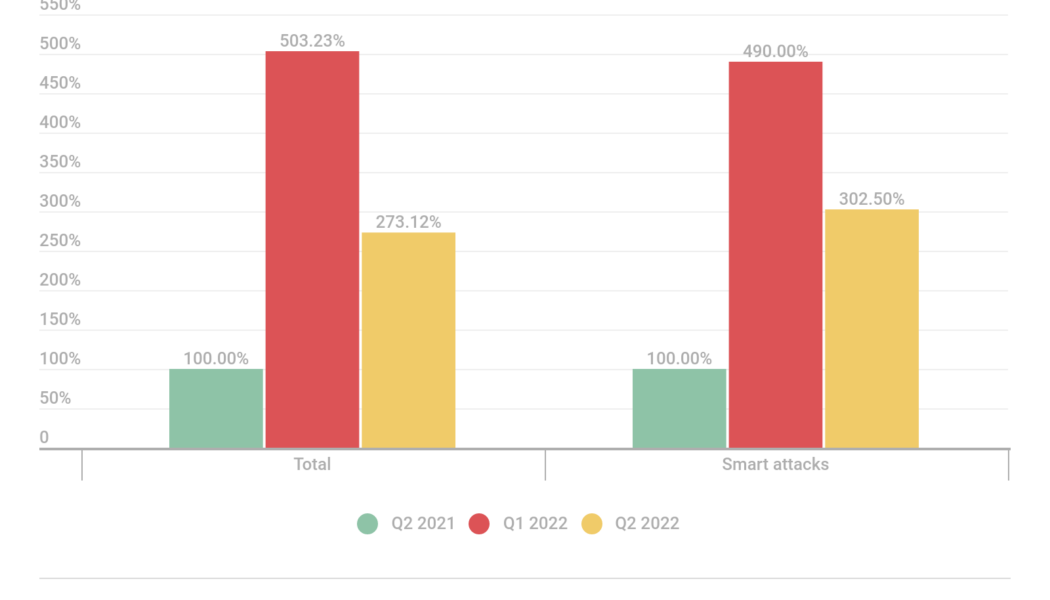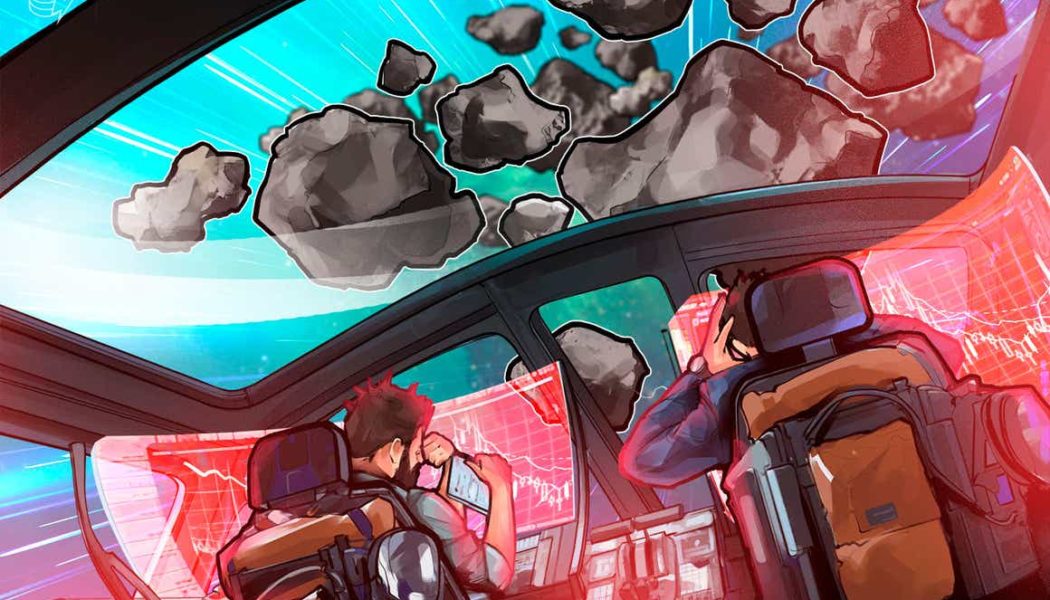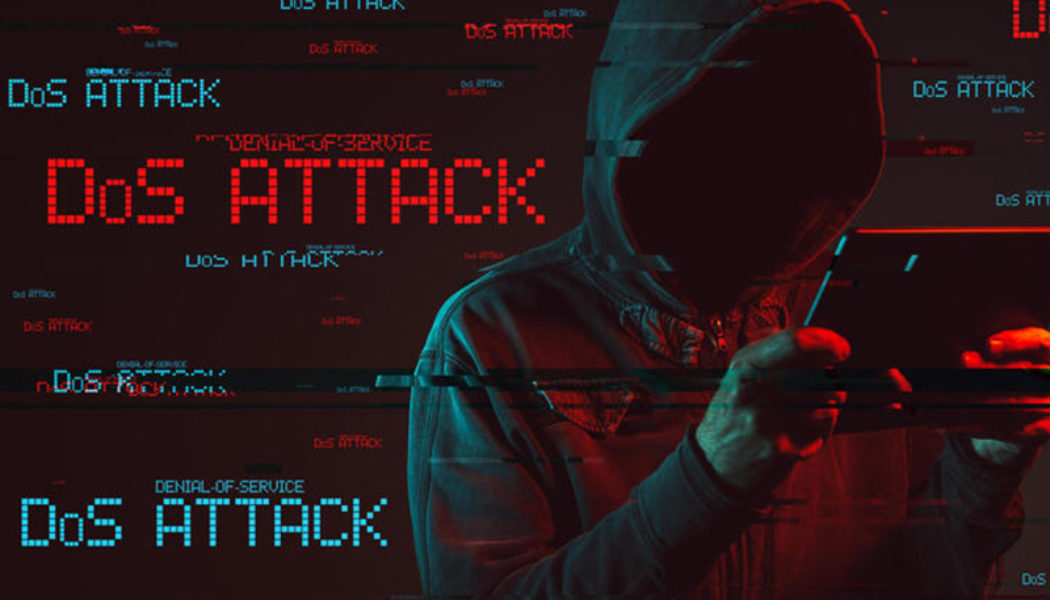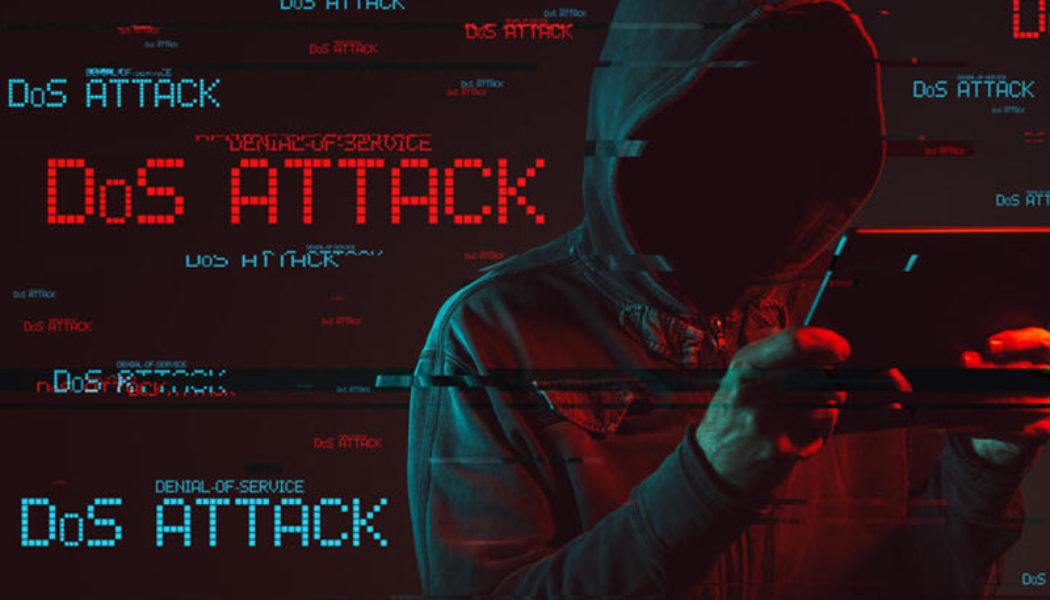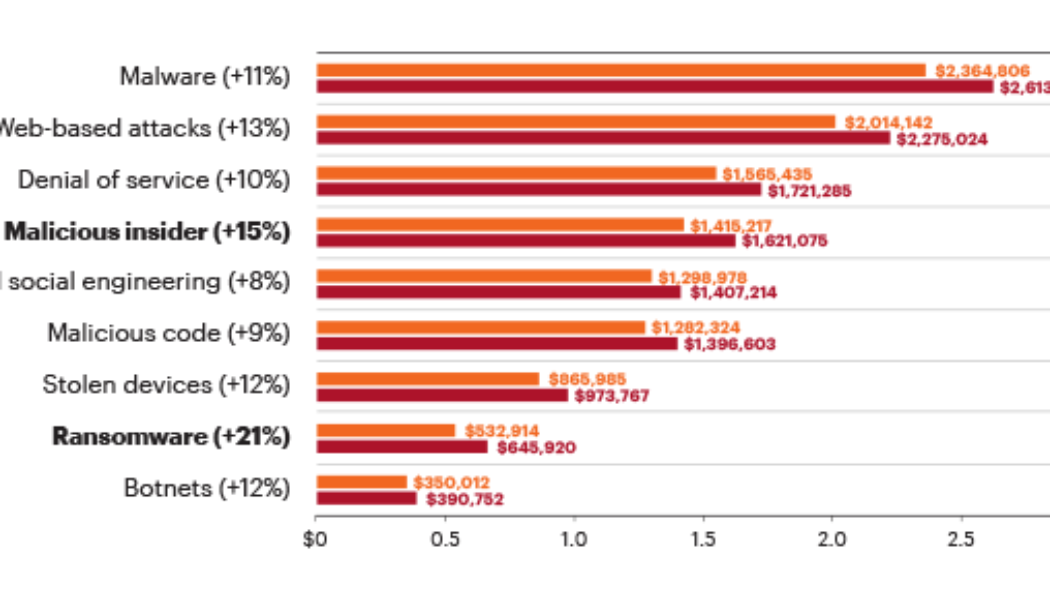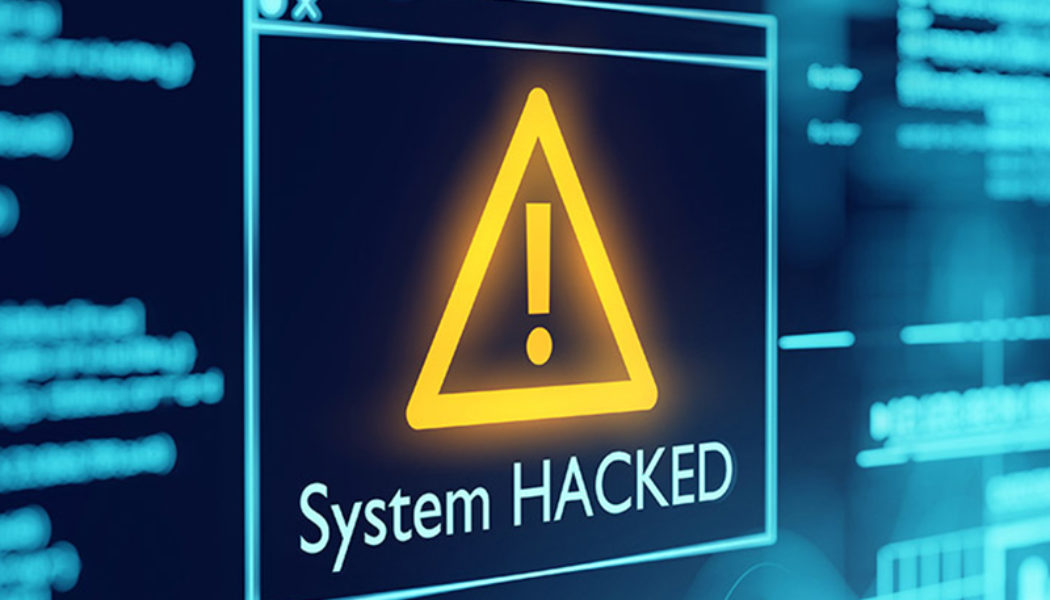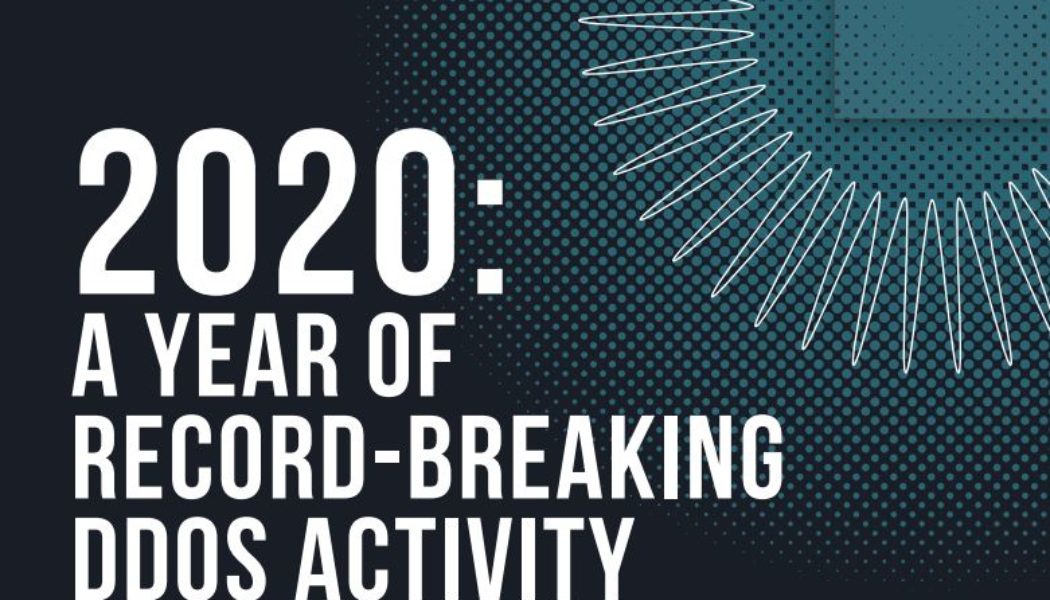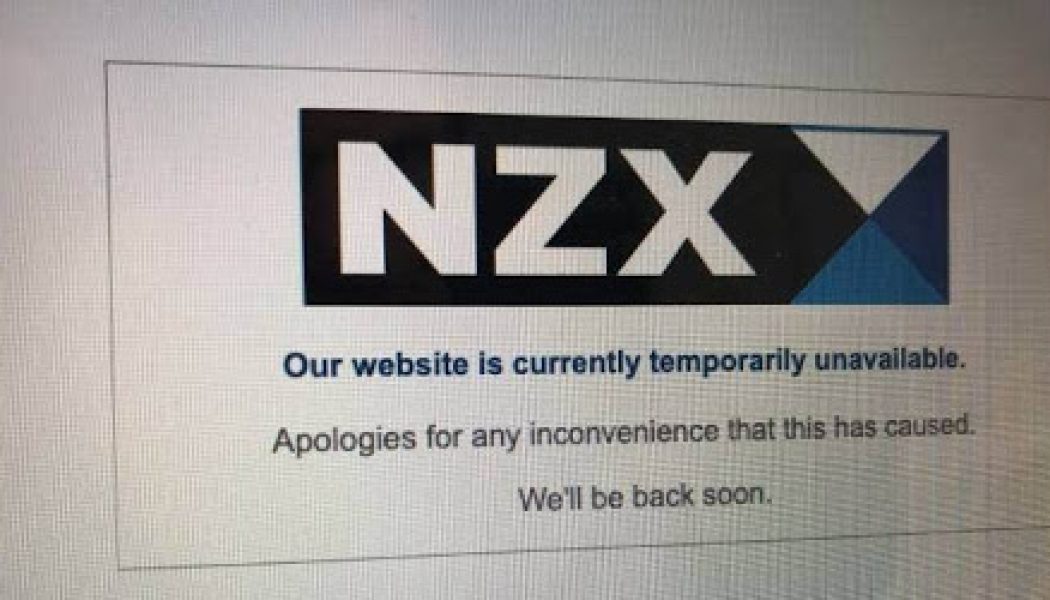DDoS
The Crypto Collapse & Rising DDoS Smart Attacks
Image sourced from Shutterstock. During Q2 2022, Distributed Denial of Service (DDoS) attacks reached a new level as the share of smart attacks and average duration saw steep increases. Compared to the previous year, the average duration of a DDoS attack rose 100 times, reaching 3,000 minutes. The share of smart attacks almost broke the four-year record, accounting for nearly 50% of the total. Experts also expect an increase in overall DDoS activity, especially with the recent collapse of cryptocurrency. These and other findings are part of a quarterly DDoS report issued by Kaspersky. A Distributed Denial of Service (DDoS) attack is designed to hinder the normal functioning of a website or crash it completely. During an attack (which usually targets government institutions, retail or ...
Bad Actors Innovate, Extort & Launch 9.7M DDoS Attacks
In March 2022 we released our 2H 2021 Threat Intelligence Report. The report covers worldwide distributed denial-of-service (DDoS) attack activity during 2021—particularly during the second half of the year. As always, it’s chock-full of DDoS attack statistics, trends, and insights from our elite NETSCOUT ATLAS Security Engineering and Research Team (ASERT). Key findings include: DDoS attacks continued to exceed pre-pandemic levels. During the second half of 2021, cybercriminals launched approximately 4.4 million DDoS attacks, bringing the total number of DDoS attacks in 2021 to 9.75 million. These attacks represent a 3 percent decrease from the record number set during the height of the pandemic but continue at a pace that’s 14 percent above pre-pandemic levels. DDoS extortion and ransomw...
Solana hit with another network incident causing degraded performance
The Solana blockchain has suffered a third incident in just a few months that clogged the network and caused transactions to fail, with users debating whether it was caused by another DDos attack or if it was just network issues. The scale and nature of the incident is hard to ascertain, with Coinbase, Wu Blockchain and Redditors reporting there had been an incident causing the network to slow and transactions to fail. However Solana Labs co-founder Anatoly Yakovenko denied there had been a DDoS on this occasion. The latest incident comes less than a month after a previous attack which saw reports the network was clogged with mass botting due to another Initial DEX offering (IDO) on Solana-based decentralized exchange platform Radium. According to Wu Blockchain, the Solana network went dow...
NETSCOUT: The Long Tail of Adversary Innovation
Image sourced from Shutterstock. NETSCOUT’s ATLAS Security Engineering and Response Team (ASERT) observed a record-setting 5.4 million attacks in the first half of 2021, further confirmation that their “up and to the right” mantra would continue to hold true. As the findings from the 1H 2021 NETSCOUT Threat Intelligence Report show, the ongoing surge in DDoS activity is just one aspect of the dramatic global impact cyberattacks continue to have on private and public entities. “Cybercriminals are making front-page news launching an unprecedented number of DDoS attacks to take advantage of the pandemic’s remote work shift by undermining vital components of the connectivity supply chain,” stated Richard Hummel, threat intelligence lead, NETSCOUT. “Ransomware gangs added triple-extortion ...
The High Cost of Cybercrime is Getting Higher
Image sourced from Finance Times. If cybercrime organizations could be publicly traded, we’d have an instant new multibillion-dollar industry sector. Indeed, cyber threats have become so pervasive that U.S. President Joe Biden recently signed an executive order aimed at improving federal cybersecurity in the wake of multiple significant cyberattacks, including the ransomware attack that shut down the Colonial Pipeline. Meanwhile, a broad coalition of experts in the industry, government, law enforcement, civil society, and international organizations have joined together in the Ransomware Task Force to build a framework for combatting ransomware. Ransomware attacks are only one method, however. Threat actors also use distributed denial-of-service (DDoS) attacks to ratchet up the p...
Surging DDoS Attacks Drive Growing Demand for Third Party Protection Services
Image sourced from Shutterstock. As the global workforce largely shifted to work-from-home in response to the COVID-19 pandemic, reliance on online services soared. Many businesses were able to successfully pivot to this new normal as remote connectivity allowed access to vital systems and data. But as is often the case, no good deed goes unpunished. As the latest NETSCOUT Threat Intelligence Report shows, cybercriminals have exploited new vulnerabilities created by remote work across a wide variety of vertical industries. Making matters worse, perpetrators no longer have to be particularly technology-savvy in order to pull off attacks. Today, it is easy and relatively inexpensive to access sophisticated attack tools via for-hire services: A cottage industry has sprung ...
Vital Pandemic Industries Foster Unprecedented DDoS Attack Activity
Netscout today announced findings from its bi-annual Threat Intelligence Report, punctuated by a record-setting 10,089,687 Distributed Denial of Service (DDoS) attacks observed during 2020. Cybercriminals exploited vulnerabilities exposed by massive internet usage shifts since many users were no longer protected by enterprise-grade security. Attackers paid particular attention to vital pandemic industries such as eCommerce, streaming services, online learning, and healthcare generating a 20% year-over-year increase in attack frequency over 2019 plus a 22% increase in the last six months of 2020. In August, a threat actor Netscout dubbed Lazarus Bear Armada (LBA) launched one of the most sustained and extensive DDoS extortion campaigns yet seen, taking down the New Zealand stock exchan...
DDoS ‘Tax’ Adds to an Organisation’s Attack Burden, says NETSCOUT
Risna Steenkamp, General Manager: ESM Division at Networks Unlimited Africa Did you ever think about the ‘tax’ you pay as an organisation in the event of a distributed denial of service (DDoS) attack? In a nutshell, DDoS attacks by threat actors don’t only have a negative effect on businesses and their customers – they also take up quantities of internet bandwidth without paying for it. This means that the cost of this traffic falls on the shoulders of every business that does pay for the internet service. This is according to the NETSCOUT ‘2020 1H Threat Intelligence Report’, in which NETSCOUT, a leading global provider of service assurance, security and business analytics, introduces its DDoS Attack Coefficient. The figure summarises the amount of DDoS traffic going through regional netw...
Insult added to Injury as DDoS Extortion Attacker Impersonates well-known Threat Actors
Extortion and robbery while wearing a disguise are not new crimes in human history, but a threat actor has recently taken this into the online arena on the global stage, using distributed denial of service (DDoS) as the weapon, while pretending to be someone else. This is as reported in a recent threat advisory released by NETSCOUT’s ASERT division (ATLAS Security Engineering & Response Team), which is tasked with providing threat intelligence trends and research. Risna Steenkamp, General Manager: ESM at value-added distributor Networks Unlimited Africa, says, “We have seen DDoS ransom attacks before – for example in October last year, South African banks were hit by a wave of ransom-driven DDoS attacks, as were other targets in other countries around the same time. However, with...
NZ Stock Exchange DDoS Attacks Remind Enterprises to Check Defence Security
Risna Steenkamp, General Manager: ESM Division at Networks Unlimited Africa At the end of August, a series of cyberattacks on the New Zealand Stock Exchange over five consecutive days forced it to halt trading for a number of hours for four out of those five days. The attacks raised questions about the stock exchange’s security, as well as the threat actors’ underlying motives. “This was a series of distributed denial of service (DDoS) incidents, in which threat actors disrupted the normal traffic to the enterprise by overwhelming the target with a flood of internet traffic at volumes that the system just couldn’t handle,” explains Risna Steenkamp, General Manager: ESM at value-added distributor Networks Unlimited Africa. “In financial services terms, the New Zealand Stock Exchange is a re...
- 1
- 2
